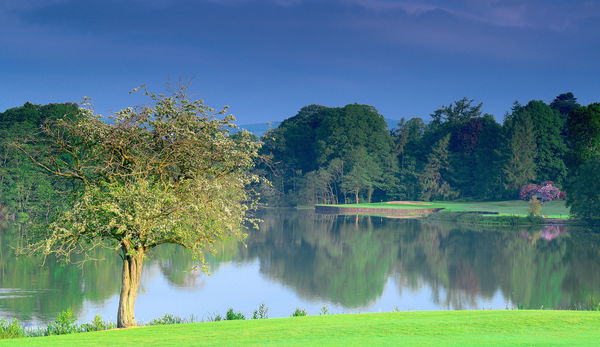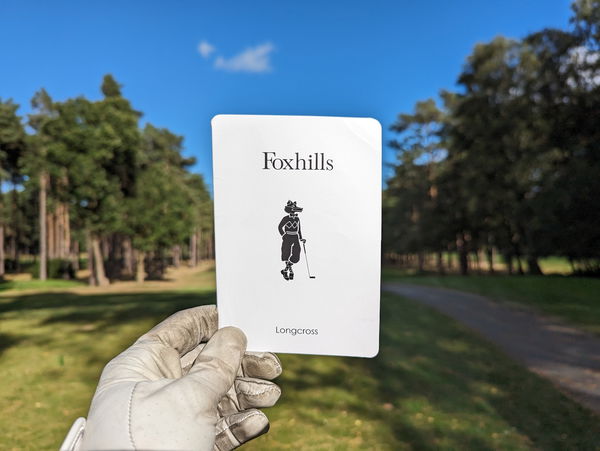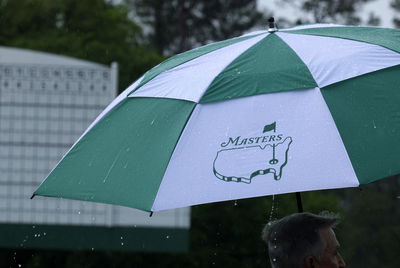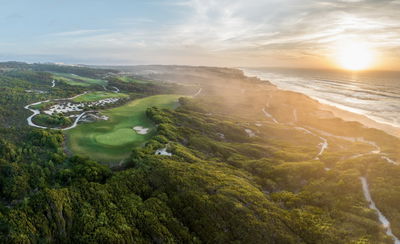Malone Golf Club: review
Parkland gem described as 'Augusta of Northern Ireland'

Malone Golf Club has been part of Belfast sporting life for more than 100 years despite moving venues four times.
Its current home is five miles east of Northern Ireland's capital city on the Ballydrain Estate, which housed US and British soldiers during World War II.
Royal County Down: Offers everything, delivers more
The club is sprawled over 330 acres of beautiful woodland park, with 27 holes on offer, split into three nines - Drumbridge, Ballydrain and Edenderry.
The first two make up the main course, the centrepiece of which is a huge trout lake which comes into play on many holes.
Described in the course guide as the "Augusta of Northern Ireland", Malone has hosted a number of illustrious tournaments over the years. Tony Jacklin claimed his first title on the layout in 1966, and Gary Player added to a bulging trophy cabinet after winning on the course in 1992.
The separate names for the nines are apt as they are distinctly different stretches.
The opening hole on Drumbridge sets the tone, with searing views as you look down on a dog-legging par four from a raised tee box.
The opening nine is by no means easy, but it somewhat eases you into the round. Straying from the fairway is not a calamity, and approach play is relatively simple as the greens are not overly protected.
Review: Rory McIlroy's Holywood Golf Club
Streams come into play on a number of holes as you make your way out but it's a dip in the ocean compared to the amount of water on the way home.
Passing through a tunnel to reach the Ballydrain nine is like stepping into a new level on a video game.
The stretch of holes is jam-packed with character, but fraught with danger. Meandering fairways, bunkers galore and slippery greens lie in wait.
The lake comes into its own most memorably on the 15th and 18th holes. The 15th, Malone's signature hole, is only 130 yards from the tips but the water wraps around the left side of the green. It needs just the flick of a wedge, but the task seems a daunting one when faced with a watery grave.
The 18th is a stunning finishing hole, with a forced carry of around 200 yards off the tee. The green is tucked away on the right side of the hole and, you guessed it, water awaits to the right side of the dance floor.
Accuracy off the tee is paramount at Malone because there are tight tee shots throughout. The course is kept in fantastic condition, with greens running true and at a good speed.
A word of warning, if you tackle the course in winter you may be asked to play some stretches in a jumbled order to avoid steep inclines when the course is wet, often leading to long walks between holes.
Once the handshakes are over, make sure you visit the clubhouse, which dates back to 1835. This beautiful building boasts stunning views of the final hole and surrounding countryside while sitting in luxurious comfort.
Verdict
This is one of the Emerald Isle's best parkland courses. Why it remains relatively unknown is a mystery, as it should be top of visitors' lists when they head to Northern Ireland.
The 15th and 18th are memorable holes, despite their difficulty. The course is kept in superb condition, and there are spectacular views as you make your way around.
The large trout pond is the club's centrepiece and it will stick in players' minds because of it's beauty, but also for its ability to spoil a scorecard.
Need to know
Length: 6,706 yards
Par: 71
Green Fees: £75 to £85
Head to Malone's website or Tourism Ireland's page for more information.
Have you played golf at Malone? What was your experience like? Share your thoughts in the forum, on Twitter, on Facebook or visit us on Instagram or YouTube.
Sponsored Posts
Latest News











